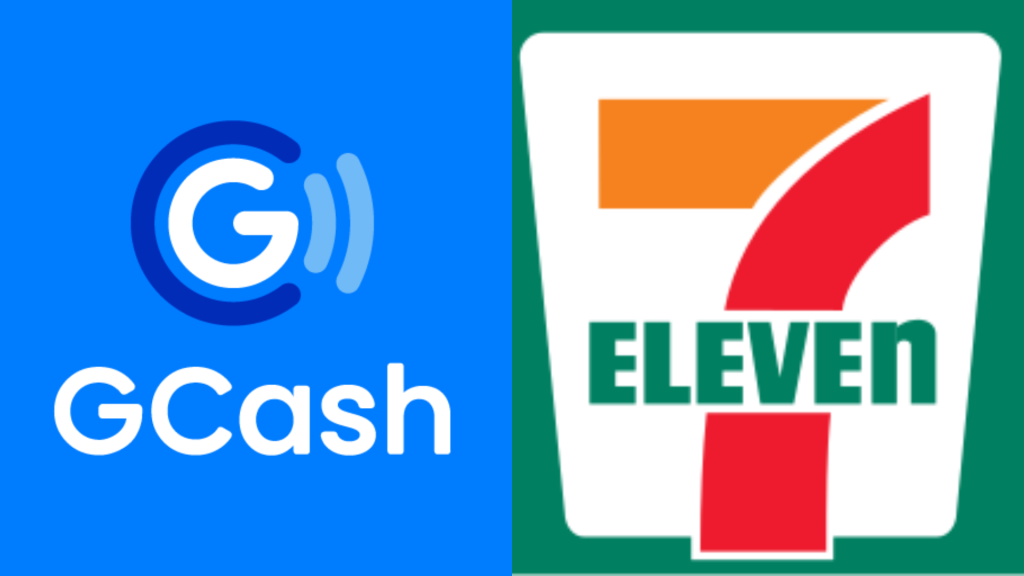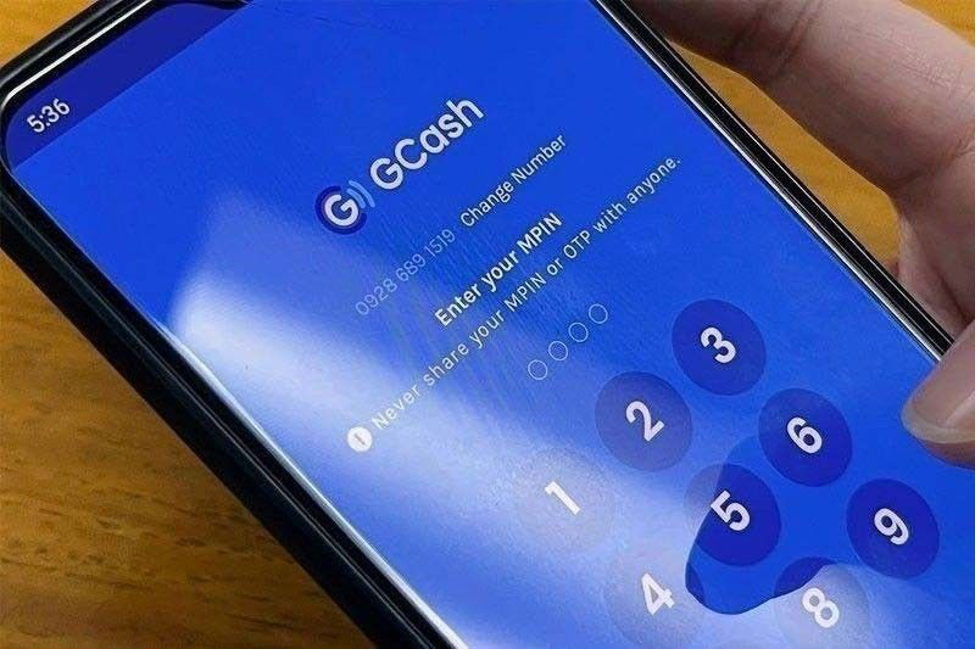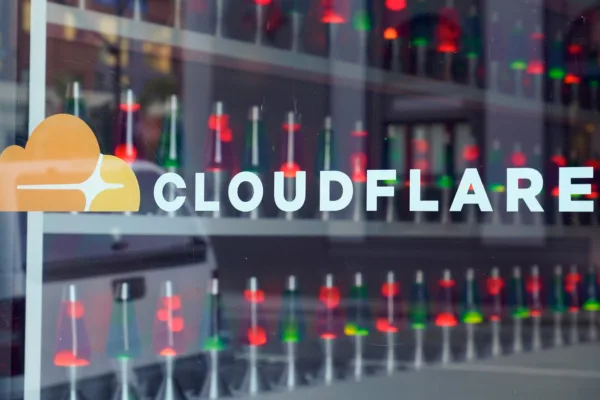By Alexis Tuble, Correspondent
Millions of Filipinos rely on GCash to pay bills, shop online, and send money. But in 2025, topping up your GCash wallet has become a little more complicated, with updated rules on fees, partner charges, and bank adjustments that will affect your GCash cash-in fees.
If you often load your GCash at 7-Eleven or over-the-counter (OTC) outlets, you now need to pay closer attention to how much you’re cashing in — and where.

GCash cash-in fees expands free limit, yet convenience fees bite
GCash cash-in fees were waived if you limit yourself to ₱15,000 per month under a promotional offer running from September through December 2025. This means that if you visit pawnshops, payment centers, or other partner outlets, you can cash in up to ₱15,000 in total each month without paying GCash’s 2% service fee.
GCash cash-in fees resets every first of the month, so users who keep their cash-ins within that cap avoid extra charges. However, once you exceed ₱15,000, GCash automatically deducts a 2% fee from the amount that goes over the limit. A ₱2,000 cash-in after you hit the cap, for example, results in a ₱40 fee.
The expanded free limit is a relief compared to earlier years when GCash allowed only ₱8,000 worth of free OTC transactions per month. But consumers still face pitfalls, especially at convenience stores.
7-Eleven’s extra charge
7-Eleven remains one of the most popular ways for cash ins because of its thousands of branches and 24/7 availability. Yet in 2025, the chain applies a 1% convenience fee to all GCash cash-ins, no matter the amount or whether you are under the free monthly limit.
That means if you load ₱1,000 at a 7-Eleven branch, you automatically lose ₱10 as convenience fees. For larger amounts, the GCash cash-in fees adds up quickly. A ₱5,000 top-up at 7-Eleven, for example, costs you ₱50, even if you have not exceeded the ₱15,000 free monthly limit.

GCash clarifies that partner-imposed convenience fees operate separately from its own service fees, which explains why consumers sometimes feel they are being charged twice.
Bank cash-in fees: Flat but rising
For users with linked bank accounts, cash-ins through InstaPay or direct debit often cost less than OTC transactions. Banks generally charge flat fees ranging from ₱5 to ₱25 per transfer, regardless of the amount.
However, fees are shifting. The Bank of the Philippine Islands (BPI), one of GCash’s largest banking partners, announced that its cash-in fee will rise from ₱5 to ₱15 per transaction starting September 30, 2025. Other banks like UnionBank and RCBC continue to charge ₱5 to ₱10, making them more attractive options for frequent top-ups.
Compared with 7-Eleven’s 1% fee, a ₱10 bank fee on a ₱10,000 transfer is much cheaper. This is why financial advisors encourage heavy GCash users to maintain at least one linked bank account to minimize cash-in costs.
Comparing the costs
Here’s a practical look at how the numbers stack up:
- ₱10,000 cash-in at 7-Eleven: ₱100 fee (1%)
- ₱10,000 cash-in at pawnshop (within free limit): ₱0
- ₱10,000 cash-in via BPI before Sept 30: ₱5 fee
- ₱10,000 cash-in via BPI after Sept 30: ₱15 fee
The comparison shows that while OTC remains free under the limit, choosing 7-Eleven or exceeding the ₱15,000 monthly cap can quickly make transactions expensive.
How consumers are affected
For ordinary Filipinos, these changes mean cash-ins are no longer a mindless task. A sari-sari store owner who needs to reload ₱20,000 in GCash for supplier payments, for instance, will face at least ₱100 in fees — ₱40 for the 2% over-limit charge plus ₱60 if she cashes in at 7-Eleven.
On the other hand, an office worker who cashes in ₱10,000 through UnionBank pays only ₱5. The difference highlights how crucial it has become to choose the right cash-in channel.
Tips to save on fees

- Track your monthly total. Staying under the ₱15,000 free cap saves you from the 2% penalty.
- Avoid 7-Eleven for large amounts. The 1% convenience fee stings more when you load thousands at a time.
- Use bank transfers when possible. A fixed ₱5 to ₱15 fee often costs less than percentage-based deductions.
- Split large cash-ins. If you need ₱20,000, cash in ₱15,000 before month’s end and ₱5,000 after the reset to save on service charges.
- Watch for promos. GCash frequently partners with banks and retailers to waive fees for limited periods.
Key points
GCash’s updated 2025 fee structure gives users a higher free cash-in allowance but also introduces new costs through partner convenience fees and rising bank charges. Consumers now have to think strategically about how they load their wallets.
With careful planning — avoiding 7-Eleven for bulk top-ups, using bank transfers wisely, and timing transactions — users can still minimize or completely dodge cash-in fees.
For the millions of Filipinos who rely on GCash daily, mastering these rules is not just about saving a few pesos — it’s about making every digital peso work harder.








